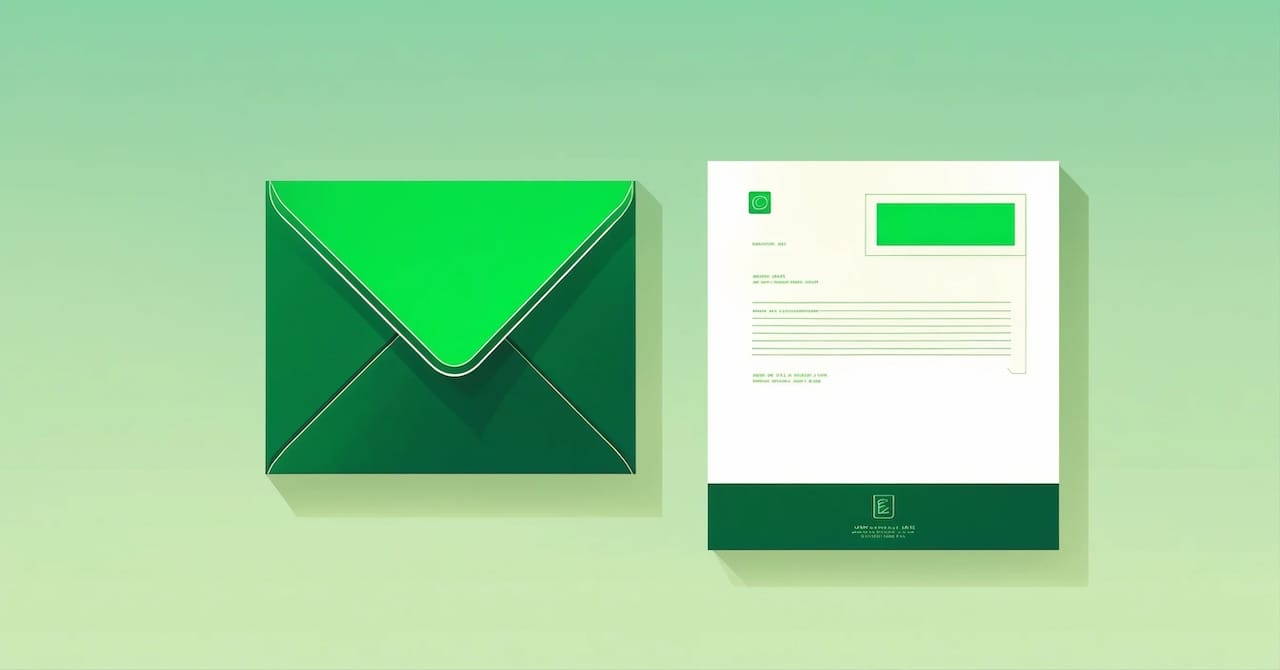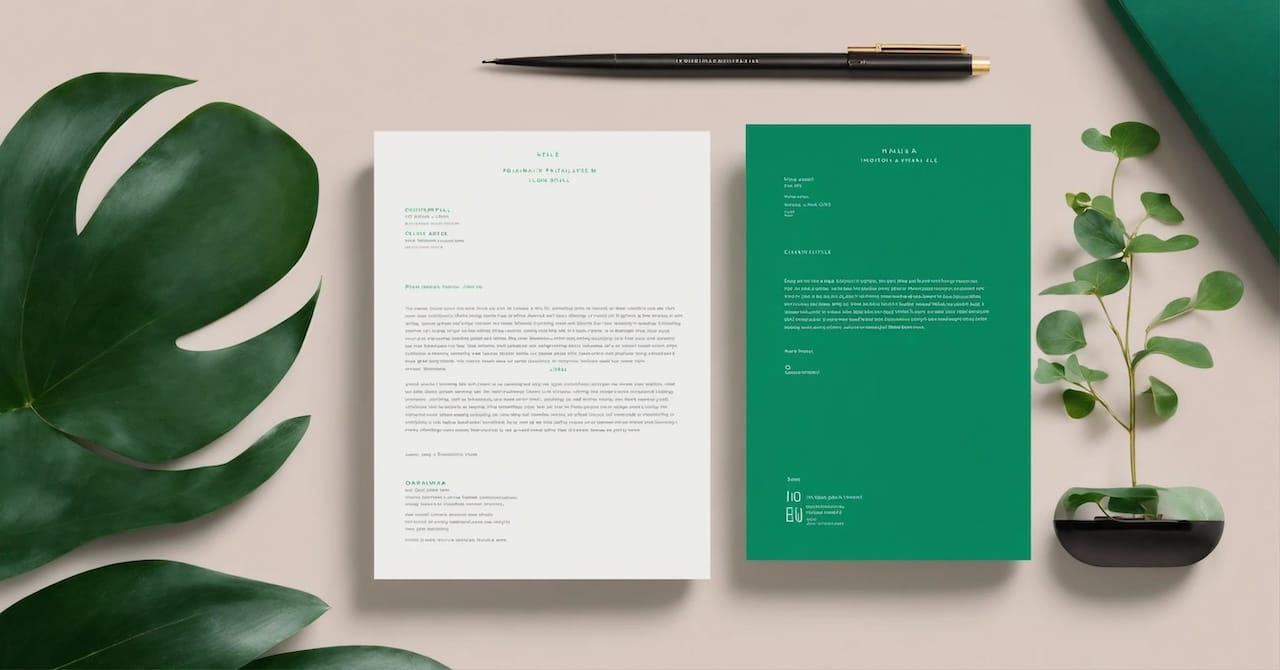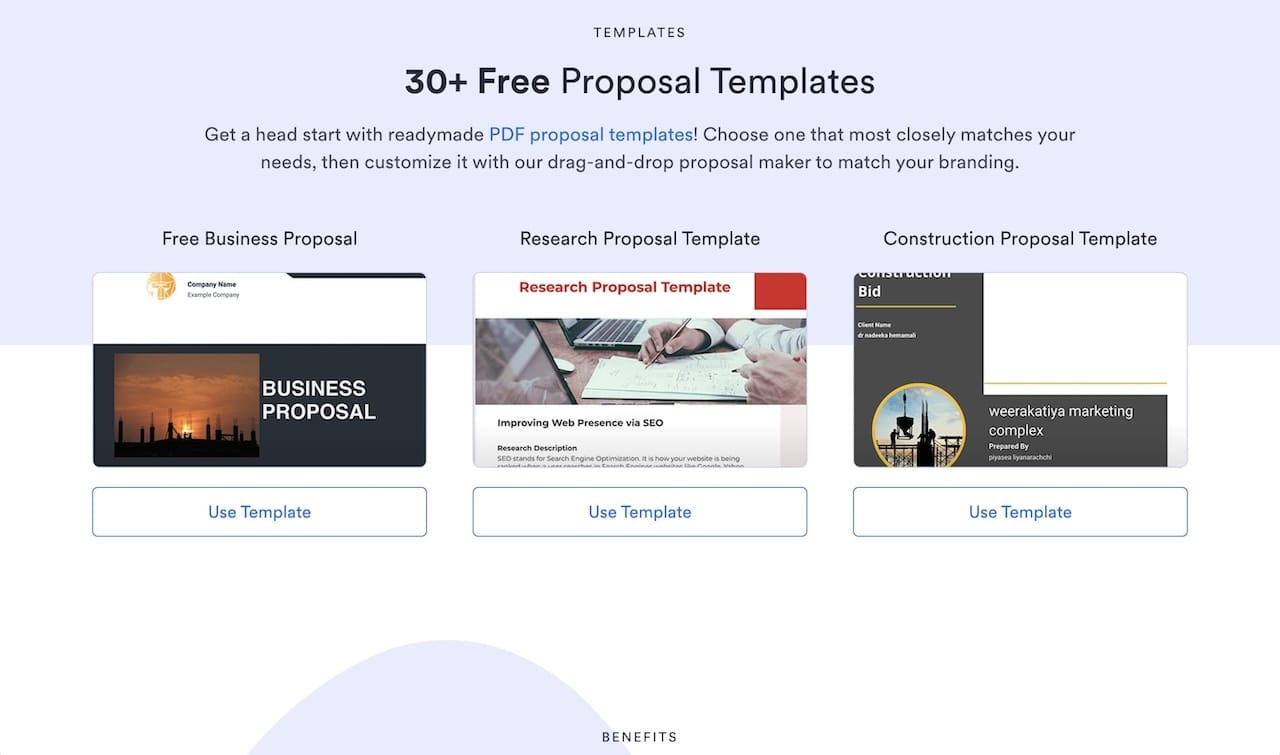
When I first started my consulting business, I had no idea what a proposal was.
My first client was a friend of mine, so there was just a verbal agreement on how we would work together. But, by the time it came to sign my second client, I was asked to send a proposal.
Now the journey began… how to write a consulting proposal that will convince a potential client to work with me?
In this article, I’ll walk you through why a proposal is so important for your image and brand as a consultant, what to include in your first consulting proposal, and also a consulting proposal template you can use to quickly make your own proposal.
Alright, let’s get into it.
Why you need a consulting proposal
A consulting proposal isn't just another document, it's your golden ticket to securing new projects. It helps you set clear expectations and define the scope of work for your clients.
The magic behind a successful proposal
You may ask, "What makes a consulting proposal crucial?" Well, think about it as if you're cooking up an exotic dish. You need the right ingredients in precise quantities to make sure that it tastes perfect. Similarly, crafting an effective consulting proposal requires key elements like understanding client needs and proposing fitting solutions.
But there's more to this than meets the eye. A good consultant understands that their expertise is not just about providing solutions but also being able to communicate them effectively through proposals. The ability to do so sets successful consultants apart from others who may be equally skilled but less articulate or organized.
Making your mark with proposals
Your proposals are not only representations of your potential services, they can also become branding tools when done correctly. They reflect how well you understand customer problems and portray how efficiently you can solve them — essentially making each one a mini-portrait of what doing business with you would look like.
If done correctly, they have the power to persuade prospective clients, proving that choosing you over competitors would be beneficial for them because of X, Y, Z reasons unique to your approach or offerings.
Bridging gaps with clear communication
An outstanding feature of high-quality proposals is clarity in communication between parties involved — consultant and client alike — and getting everyone on board before kick-starting any specific project reduces misunderstandings later down the line. So we see, a well-drafted proposal isn't just an agreement, it's the foundation of a successful project.
Imagine a game of charades where all players are in sync and understand the objectives. It’s fun right? That's how clear communication should feel.
A consulting proposal lays down this clarity, ensuring both parties are on the same page about objectives, timelines, deliverables and terms from get-go.
So why wait?
Understanding the importance of your proposals is key. It's all about recognizing their value and potential impact.
What does a strong consulting proposal include?

A compelling consulting proposal isn't just about fancy words and professional language. It's the foundation of your future project, setting the stage for success.
Executive Summary: What should be included in an executive summary
Your Executive Summary is like the trailer to your favorite movie. You need to make it exciting, engaging, but most importantly - brief. This section should provide a concise synopsis of your proposal, including who you are and what solutions you offer that can address the customer's issues or needs.
Incorporate key elements such as who you are, what solutions you offer, and how these can address the client’s needs or problems. Remember to keep it concise.
Client's problem and your understanding
The heart of every good proposal lies in understanding your client’s problem deeply enough that they feel heard and valued. Highlighting their issues not only shows empathy but also proves that you have done due diligence before proposing a solution.
Proposed solution
This is where things get real. Outline exactly how your services will solve their issue — think strategy over tactics here though; don’t drown them in details yet. Be clear on expected outcomes so there's no room left for misunderstanding.
Deliverables & timeline
You've painted a great picture with proposed solutions – now let’s add some structure around it with concrete deliverables along with timelines associated with each task or phase. Be clear while leaving room for flexibility if needed.
Pricing & terms
In pricing terms, the cost question always lurks at the back of everyone’s mind so better address this head-on. Make sure everything from costs related to individual tasks down to payment schedules is well articulated.
About us/your team
Here's your chance to shine. Introduce your team, highlight past successes and areas of expertise. The goal here is not just about proving competence but also showing how well you fit with their company culture.
Testimonials or case studies
Remember, it's always better to show rather than tell. If you've had satisfied customers in the past, let their stories do the talking.
What is the format of writing a proposal?
A successful consulting proposal has its roots in understanding, and then speaking to, your client's needs. This begins with research.
Tone and style
Maintaining a professional yet persuasive tone can be like walking on a tightrope. But don't worry. Here are some tips to help you balance both:
- Stay Confident: Your expertise got you this far, let it shine through your words.
- Show Empathy: Let them know that their problems matter to you because they do.
If we think about proposals as conversations rather than transactions, achieving the right tone becomes easier. Remember: People prefer working with humans over robots.
Personalization
The most effective proposals feel less like business pitches and more like personalized solutions designed for one specific client’s unique challenges.
- Dive Deep: Understand what makes your potential clients tick—what they value most from service providers, where their pain points lie—and speak directly to those aspects in your proposal.
Your goal here isn’t just providing an off-the-shelf solution but designing something tailored specifically for them. So take time researching about the company culture or any recent news related to them before starting with the writing process.
Clarity and conciseness
We often associate sophistication with complexity when simplicity works best sometimes. It's essential not only how well our proposed solutions meet our client’s needs but also how effectively we communicate these plans.
- Say More With Less: Cut the jargon. Use simple, straightforward language to convey your message.
- Make It Easy: Break down complex ideas into digestible parts. By utilizing clear and concise language, you can make it easier for clients to comprehend the value of your offer and thus increase their likelihood of accepting.
This doesn’t mean oversimplifying things but presenting them in a way that’s easy for anyone (not just industry insiders) to understand.
Don't forget, your consulting proposal isn't just a piece of paper. It's a crucial device that could either facilitate or impede your arrangement with would-be customers.
Consulting proposal example and template
Creating a good consulting proposal template is essential for streamlining your workflow and presenting a cohesive and professional image to your potential clients. Here's a sample consulting proposal you can use to guide you through crafting a persuasive and comprehensive proposal:
[Your Logo or Company Name]
Consulting Proposal for [Client's Company Name]
Date: [Insert Date]
Executive Summary
[Introduction]
Start with a brief introduction about your consulting firm, including your experience and expertise. Explain how your skills align with the client's needs.
[Client's Problem]
Summarize the client's main challenge or need that your consulting services will address.
[Your Solution]
Outline your proposed solution, highlighting how it will effectively resolve the client's problem.
About Us
[Company Background]
Provide a short background of your consulting business, including your mission, vision, and core values.
[Team Introduction]
Introduce key team members who will be involved in the project, detailing their qualifications and relevant experience.
Project Details
[Scope of Services]
Clearly define the scope of services you are offering. List specific tasks, project objectives, deliverables, and milestones.
[Methodology]
Describe your approach or methodology in addressing the client's problem.
[Timeline]
Provide a projected timeline for the project, including key milestones and deadlines.
Investment
[Fees and Pricing]
Detail your pricing structure, whether it's a fixed fee, hourly rate, or retainer. Include any additional costs or expenses.
[Payment Terms]
Specify payment terms, including payment schedule, accepted methods of payment, and any late payment policies.
Terms and Conditions
[Contractual Information]
Include essential terms and conditions, such as confidentiality clauses, termination terms, and legal considerations relevant to the project.
Client Testimonials / Case Studies
[Success Stories]
Showcase brief testimonials or case studies from past clients to demonstrate your track record of success and expertise.
Conclusion and Call to Action
[Closing Remarks]
Conclude with a persuasive statement that reiterates the value you bring to the client.
[Next Steps]
Clearly state the next steps, such as scheduling a follow-up meeting, signing the proposal, or any other call to action.
Contact Information
[Your Contact Details: Phone, Email, Address]
[Optional: Attachments or Appendices]
This template is a starting point and can be customized to better fit the specific needs and branding of your consulting business. Always remember, the key to a successful consulting proposal is not just in the details you provide but also in how well it aligns with the client’s expectations and needs.
3 tools to help you create proposals
When it comes to securing new clients, a well-crafted business proposal is essential. It's not just about listing your services, it's about personalizing each proposal with the client's name, detailing the project scope, and clearly outlining the time frame and consulting fees.
For those in the marketing consulting field, this is even more critical as your proposal needs to showcase your ability to understand and apply metrics effectively. As a consultant, you should leverage consulting software to help you streamline your business.
Here are three tools you can use to create proposals:
Let’s take a look at each one.
1. Jotform

Jotform excels in customization and ease of use. It allows you to create a tailored proposal for each potential client, making sure their name and specific needs are front and center. With its intuitive interface, you can quickly outline the project scope and include detailed sections on the time frame and consulting fees. Plus, its analytics features are great for those focusing on metrics in marketing consulting proposals.
2. Proposify

Proposify is the go-to tool for creating sleek, professional business proposals. It offers a range of templates that are perfect for various industries, including marketing consulting. Its robust features enable you to incorporate detailed project summaries and extensively cover all aspects of the project, from the scope to the financials. The tool also makes it easy to include client-specific details, enhancing the personal touch of each proposal.
3. PandaDoc

PandaDoc stands out for its comprehensive feature set. It's particularly effective for managing complex proposals involving detailed project scopes and multiple consulting fees structures. The platform offers excellent templates that can be customized to include every detail, from the client's name to specific time frames. Its tracking capabilities also allow you to see how clients interact with your proposal, giving you valuable insights for future proposals.
Each of these tools offers unique features to help you create proposals that stand out. Whether you're pitching to a new client or presenting a project summary to a long-standing partner, these tools will help you articulate your value and scope effectively.
Conclusion: Mastering the art of proposal writing
A great consulting proposal is like crafting a masterpiece — each part works together to tell a compelling story. The cover page makes that critical first impression, reflecting your brand and tailored to the client. The project proposal section clearly outlines objectives, showing you understand the client’s vision and goals.
Payment structures should be fair and transparent, conveying the value you provide. An effective proposal highlights your expertise and proposed solutions, demonstrating comprehension of the client's needs and how your approach will achieve desired outcomes.
Beyond just winning business, well-crafted proposals build long-term client relationships. They showcase professionalism, problem-solving abilities, and commitment to delivering quality results.
In the competitive consulting world, proposals convey your brand and voice. Make them clear, compelling pitches reflecting the excellence of your services. Each one not only bids for a project, but also represents your brand, values, and unique approach to overcoming challenges. Continually refining this skillset unlocks new opportunities and cements your status as an industry leader.
Share this post
Sign up for our newsletter
Subscribe to our newsletter to receive emails about important announcements, product updates, and guides relevant to your industry.
